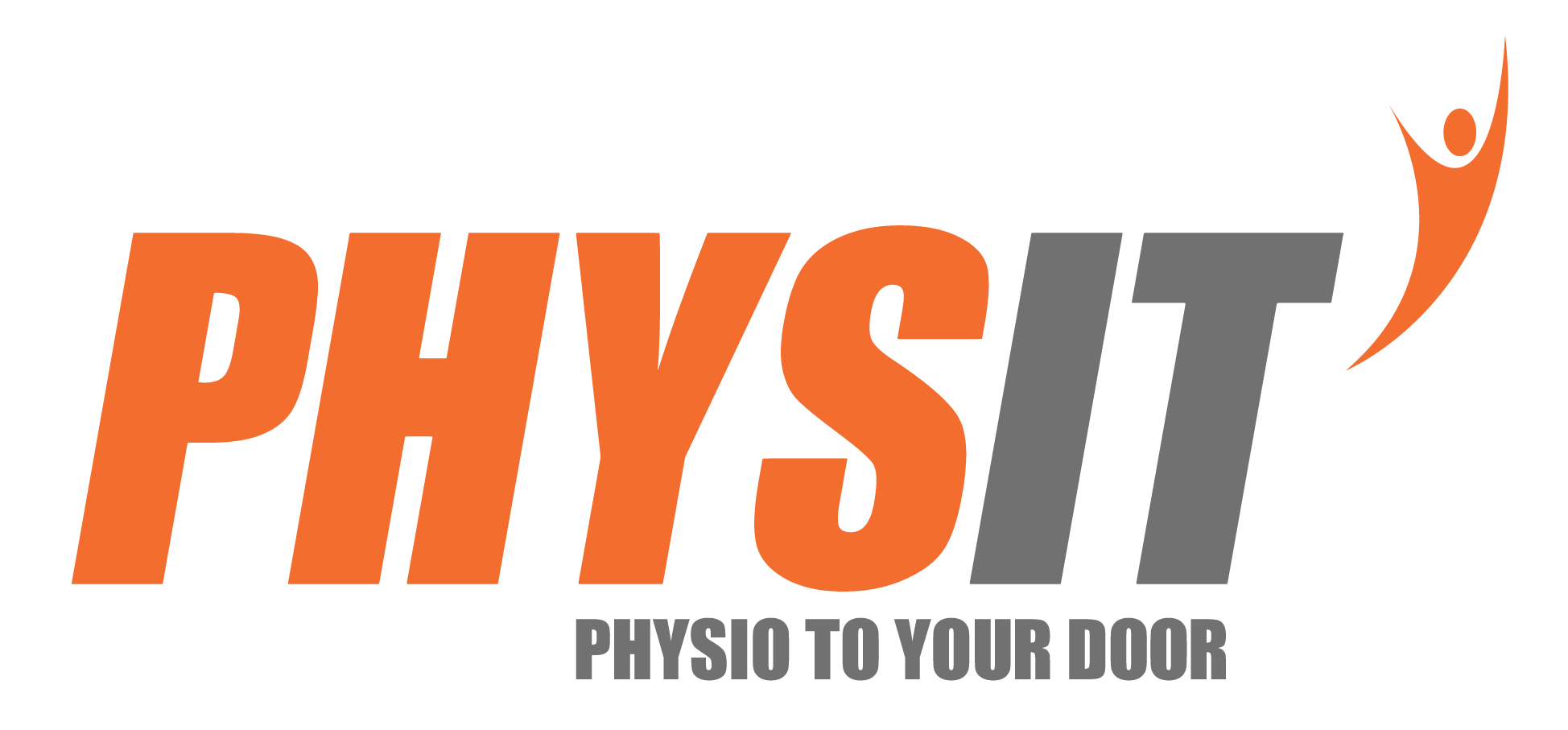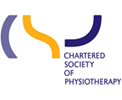“My mini crusade to rescue the ITB from the foam roller!
Trying to relieve ITB pain can be very difficult, as well as a long process, so I understand why using a simple solution like rolling it out on a foam roller is tempting. A lot of us are also told by our personal trainers, gym buddies or even physical therapists that this can help release the ITB and reduce pain and tightness. However, it does not! Let me explain…
Firstly, what is the ITB?
ITB means iliotibial band. The ITB is simply connective tissue running down the outside edge of the thigh, it originates from the Tensor Fascia Latae (not a fancy coffee!) and attaches to the tibial condyle (just below the outside of the knee). So, it’s a tough strip of tissue along the outside of your upper leg.
Did you notice that I never called the ITB a muscle, but connective tissue (like tendons and ligaments, which are inherently firmer and stronger than muscle)? Foam rollers are designed to massage muscles only…
The ITB is meant to be tight, it stabilises the leg, and prevents the knee from moving too far laterally (sideways) and causing an injury. It transfers the contractile force of the muscles working into it (TFL, gluteus medius and maximus) – it doesn’t do any contracting itself, like a muscle does.
Wait…if the ITB is meant to be tight, why is it hurting you?
ITBS or Iliotibial band syndrome, is recognised as pain in the lateral side of your knee. This occurs from friction of the ITB on the lateral femoral condyle (outside of the knee). It is often part of an over-use injury seen in runners and cyclists mostly. The friction, causes inflammation and microtrauma, thus causing pain.
Why is this friction occurring?
Most commonly it is often due to anterior hip inflexibility and poor rotational control of the lower limb. Over pronation or poor foot biomechanics may also increase the risk of ITBS. If the foot rolls in or the arch flattens, the lower leg rotates inwards, so does the knee, increasing the chance of friction on the IT band.
What can you do to alleviate your ITB pain?
- Help the IT band get unstuck from the underlying muscle and fascia, through Sports massage.
- Release your glutes and TFL with massage or…foam rolling! Now that we’re working with muscles – please go ahead and use that foam roller.
- Rest – when the pain is very severe, the area may be inflamed, so rest will give it time to heal.
- Physiotherapy – to assess, diagnose and treat your ITBS, as well as give you a personalised program to rehab and keep that pain away.
- Running and/or cycling assessment – misalignment or poor technique may be the cause of your pain, so get this checked and then sorted.
- Very regular stretching of the muscles attaching to the ITB…
What stretches should you be doing?
Channel 4 stretch
- To lengthen the TFL (tensor fascia latae muscle)
- Sit on the floor, with 1 leg out straight.
- The leg being stretched is bent and the foot placed on the outside of the other knee.
- Apply pressure with your hands, to pull the bent knee across the other one.
- Hold for 30 seconds, then relax.
- Repeat 3 to 5 times daily.
Glute stretch
- Lie on your back, with one leg lying flat on the floor.
- Pull the other knee up to your chest.
- Pull it across your body, until you feel a stretch in your buttock and hip.
- Hold for 30 seconds. Repeat 3 to 5 times daily.
Please keep curious, and look up stretches and exercises for ITBS relief yourself from reliable Physio websites.
It is very important to do these stretches very regularly initially after your ITB injury, and continue to do them regularly to prevent further pain.

So, to surmise, rolling the ITB just squashes it into the muscle and fascia beneath, making it more stuck and tight than before!!!Have a go at the above alternatives
Thank you and good luck my new ITB saviours!”






